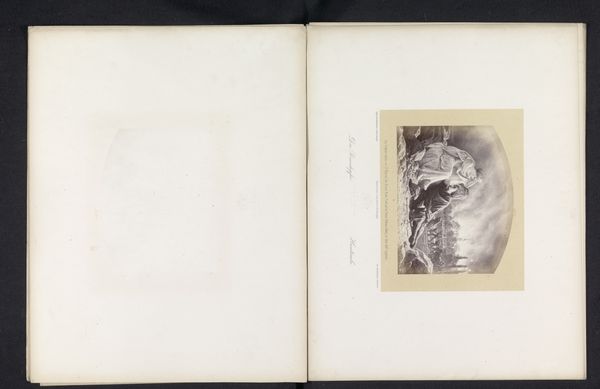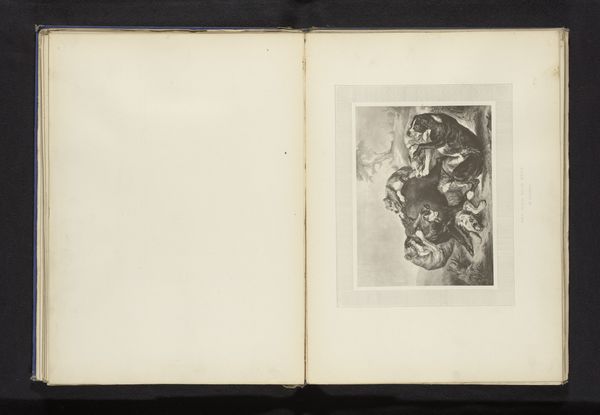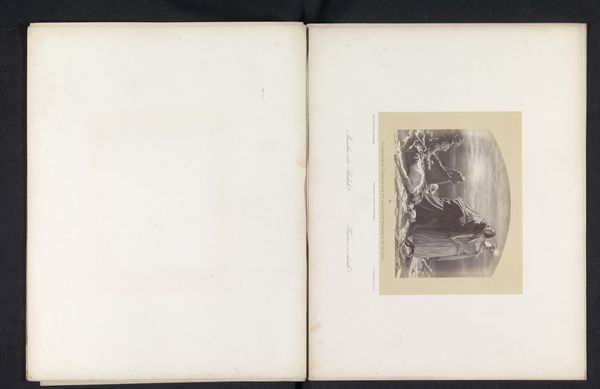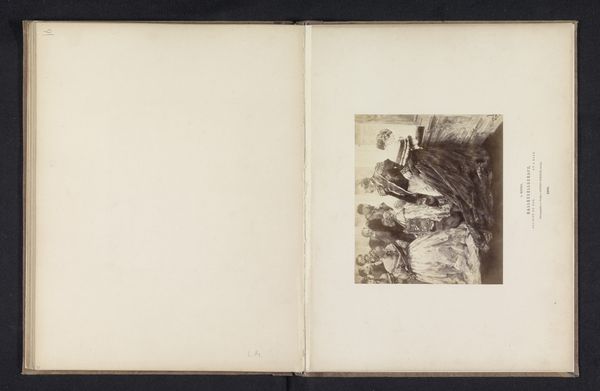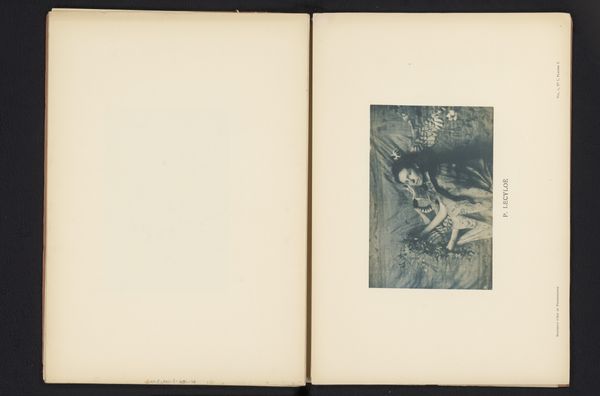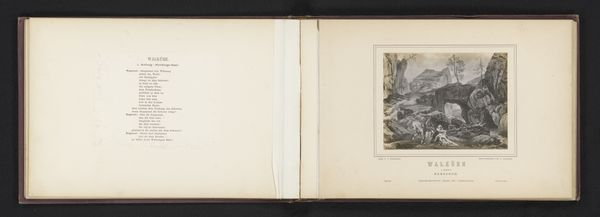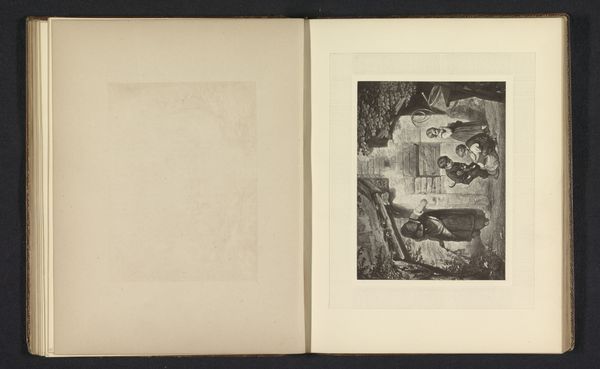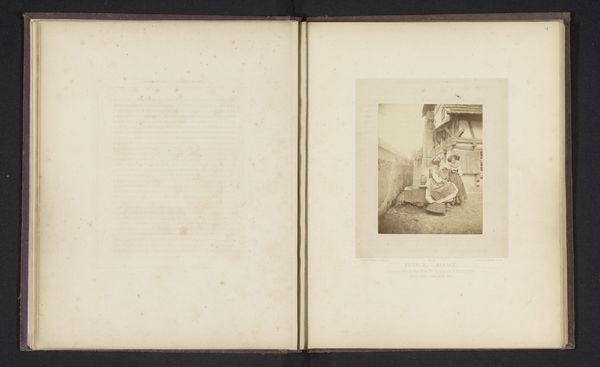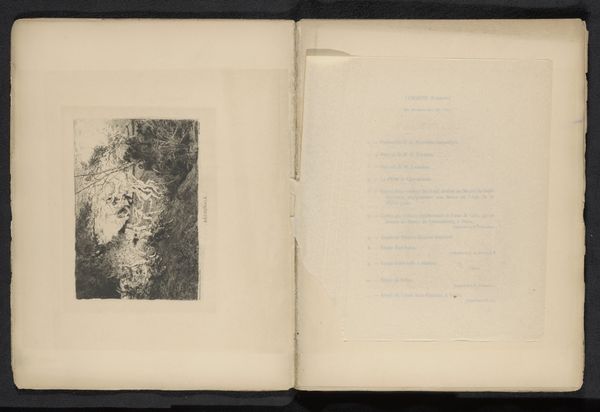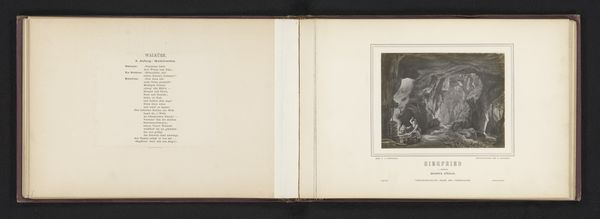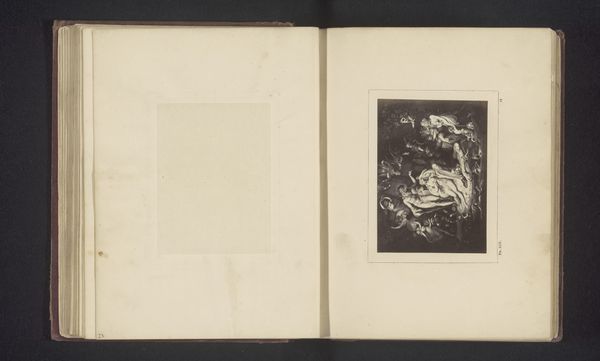
Fotoreproductie van een tekening van een gezelschap met spullen en eten onder een boom voor een verwoest huis, het verbeeldt hongersnood before 1868
0:00
0:00
#
homemade paper
#
script typography
#
paperlike
#
sketch book
#
hand drawn type
#
paper texture
#
personal sketchbook
#
hand-drawn typeface
#
thick font
#
delicate typography
Dimensions: height 115 mm, width 147 mm
Copyright: Rijks Museum: Open Domain
Editor: This is a photographic reproduction of a drawing attributed to Ludwig Angerer, made before 1868. The subject matter is a group of people gathered under a tree, with a ruined house in the background, illustrating famine. It strikes me as a powerful depiction of suffering and resilience. What social narratives do you see within this image? Curator: The rawness of the depiction signals an attempt to grapple with the harsh realities of socio-economic disparity. The image serves as a poignant visual testament to the widespread hunger endured by many. Angerer's composition brings forward questions about the intersection of poverty and social responsibility. Who is responsible for such a tragedy? How is famine gendered in its impact? Editor: So, it’s not just a depiction of a historical event, but a prompt to examine deeper systemic issues. I notice there are many children among the figures; what does that signify to you? Curator: Precisely. The presence of children underscores the devastating impact of such crises on the most vulnerable. Children, often rendered voiceless, here represent not only innocence lost but also the cyclical nature of poverty and inequality. Think about how these images contribute to the broader discourse around child welfare and social justice even today. What responsibility do viewers of this image, then and now, have toward these children and others facing similar struggles? Editor: It makes you think about our responsibility as viewers. I never considered that the act of viewing itself is implicated in this dynamic. Curator: The history of art is replete with instances of art as an active social commentary. Photography, in its infancy here, amplifies this power. By critically engaging with the history embedded in this image, we become more attuned to contemporary social issues. Editor: I’m walking away seeing how this older piece fosters present awareness. Thank you for this enlightening perspective! Curator: It’s been a privilege to explore this work together. It’s a potent reminder that the past remains present in our dialogues about social justice.
Comments
No comments
Be the first to comment and join the conversation on the ultimate creative platform.
